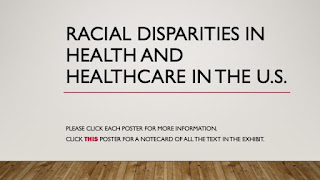You may have heard about heat domes in the news. Perhaps you have even experienced one, or are living in one right now. What exactly is a heat dome? How does it form? And what are the consequences of being in a heat dome? Does this have anything to do with climate change?
A heat dome is a weather phenomenon. A large area of high pressure traps warm air over a region, and this can last days or weeks. High pressure means the air is being pressed down, and compressing air heats it up. The high pressure is like a lid, keeping the heated air from rising, so the temperature at ground level increases significantly. The temperature under a heat dome is often above the average normal high temperature for the region.
Normally, the jet stream, which is a band of strong winds in the upper atmosphere, moves from west to east, pushing weather across the continent. Sometimes the jet stream becomes weak or stalls. Then a large high pressure system can become persistent. The high pressure also suppresses the formation of clouds. Less cloud cover means more sunlight hits the surface of the earth, increasing the temperature at ground level. Changes in oceanic climate patterns, such as La Niña, can also affect wind flow patterns, causing stagnation of warm air.
Heat domes have consequences at various levels. For individuals, heat domes can increase health risks, especially for vulnerable populations such as children, elders and persons with underlying health conditions. High temperatures increase the amount of water vapor in the air. Sweating, the body’s natural cooling mechanism, is impaired by high humidity, adding to the problems. Individuals may suffer heat exhaustion, heatstroke or death. The extreme weather can negatively affect mental health as well as physical.
Heat domes also impact the environment. The extremely high temperatures increase evaporation rates, reducing soil moisture and causing or increasing droughts. High temperatures can cause mass die-offs of vegetation and marine life. Dry plants and high temperatures are favorable conditions for wildfires.
In addition to health and environmental impacts, heat domes also impact infrastructure. Crops can be damaged or destroyed, leading to a depressed agricultural economy and higher grocery costs. Power grids are strained by very high usage.
Climate change does seem to be increasing both the frequency and intensity of heat domes. Greenhouse gases trap heat lower in the atmosphere, contributing to the high pressure areas that create heat domes. And since the Arctic is warming faster than the equatorial regions, the jet stream is weakened.
For information on how to prepare for and how to stay safe during a heat dome:
https://www.everydayhealth.com/general-health/how-to-stay-safe-during-a-heat-wave/



















.png)
























